While in Ireland, we stopped to visit The Rock of Cashel, also known as St. Patrick’s Rock and Cashel of the Kings. It is very large and I have never seen anything like it before. This castle is one of Ireland’s most spectacular historic sites sitting high up on the green hill with a stone wall encircling it. The word ‘Cashel’ is an Anglicised version of the Irish word Caiseal, meaning ‘fortress.’
This post contains affiliate links that help keep this website running. By purchasing through our links, we make a small commission at no extra charge to you. Thank you for your support!
We spent about an hour meandering through these ruins and viewing the beautiful countryside from every angle. This was a stop on our bus tour on the way to Cork and the Blarney Stone. I believe there aren’t tours per se; you explore this fortress on your own. I can honestly say I wish there was more information available when we arrived so we could understand what we were exploring.
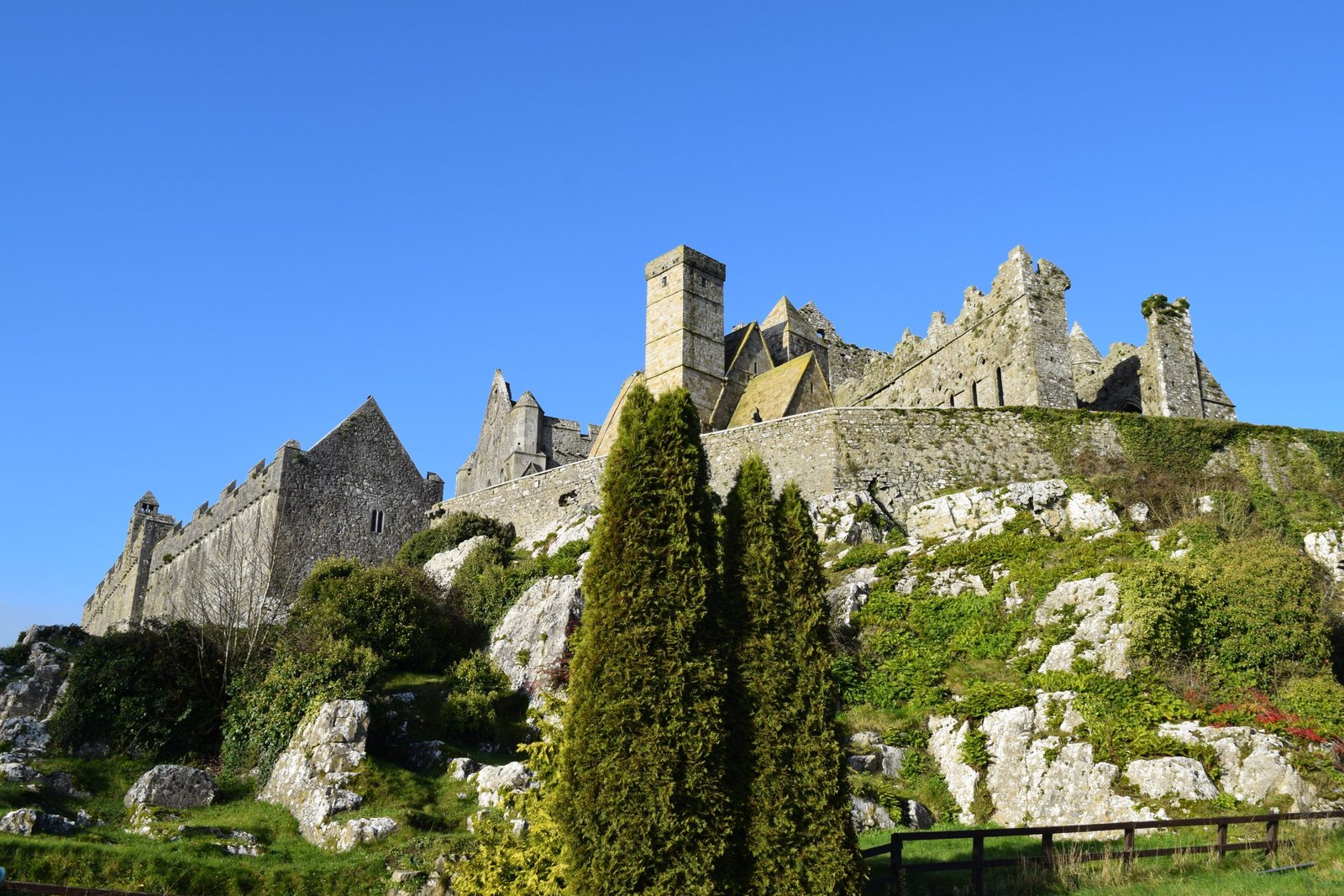
The Buildings
We entered the Rock of Cashel complex through the Hall of the Vicars Choral, built in the 15th century. The Hall was restored in 1975 in connection with the European Architectural Heritage. It contains a small museum of artifacts excavated on the Rock of Cashel.
The exterior of Cormac’s Chapel is beautifully decorated with typical Romanesque details. The round tower is Gothic and from the 13th century and the cathedral is Romanesque and from the 12th century.
The chapel’s interior contains the oldest and most important Romanesque wall paintings in Ireland. The oldest, dating from about 1134, consists mainly of masonry patterns and can be made out in places on the lower walls.
The cathedral’s nave, built between 1235 and 1270 was never completed. It’s a roofless building with a central tower.

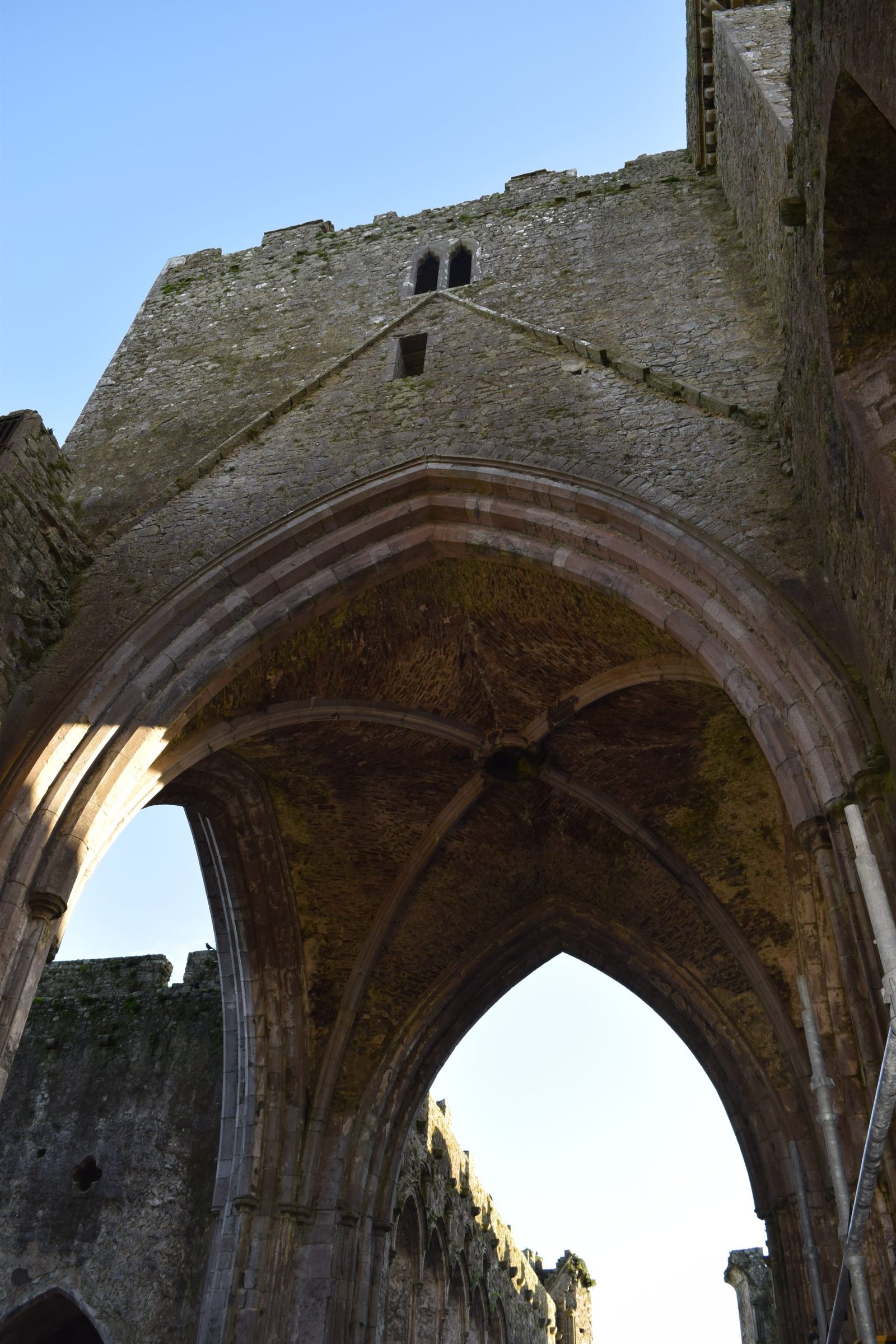
Both these books beautifully capture the essence of Italy, its people, and the strong sense of community that defines life in small Italian towns. With lyrical prose and reflections, Ilene & Gary invite readers to accompany them on a journey of self-discovery and transformation in the heart of Tuscany.
Both books have won the Reader Ready “Recommended Read Award”

The Beautiful Graveyard
The grounds around the buildings are home to an extensive graveyard, which includes a number of beautiful high crosses while an amazing stone wall surrounds the entire plateau. Visible from the west side of the Rock is the desolate ruins of Hore Abbey, a Cistercian foundation of 1272.

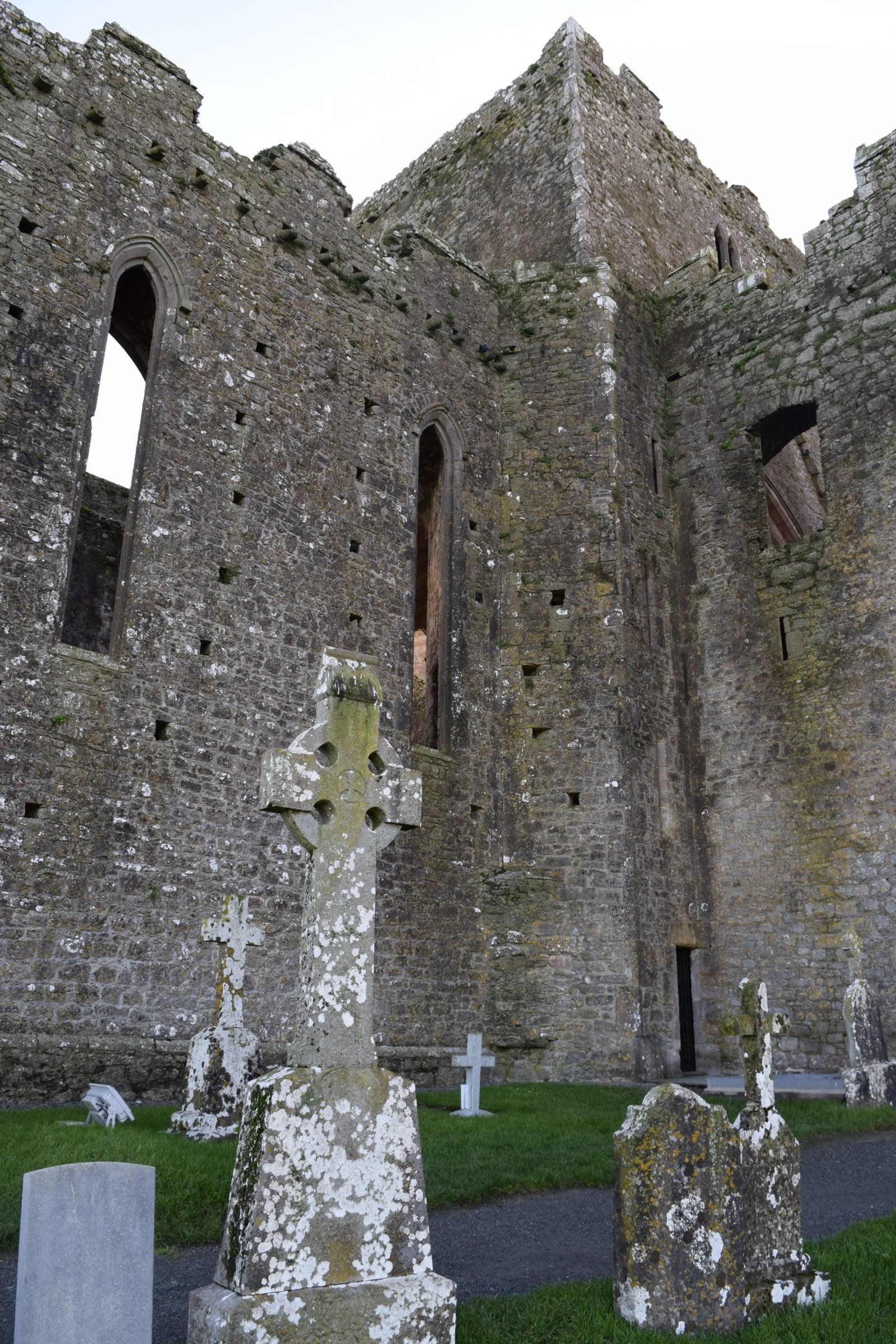
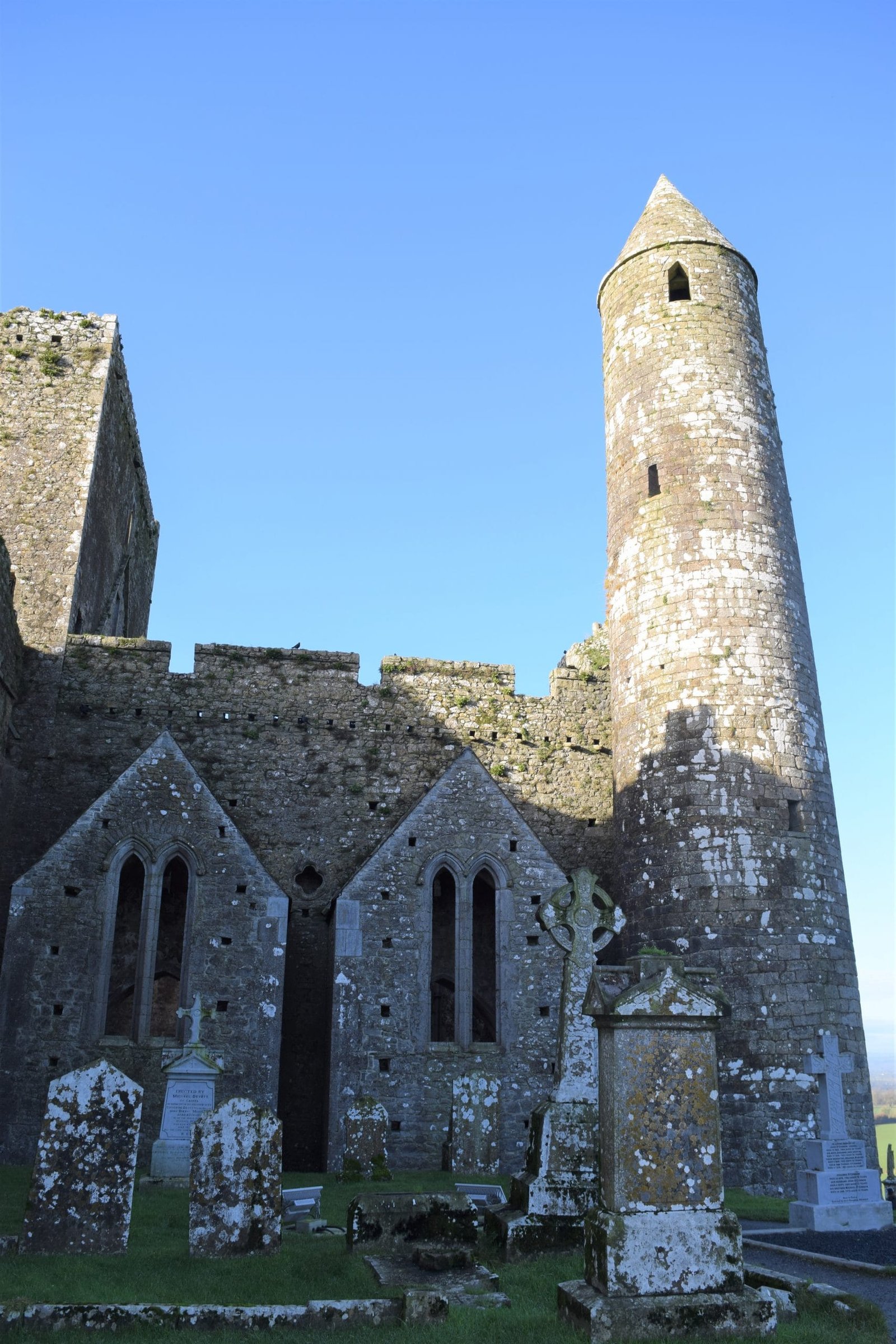
History
Initially, the Rock of Cashel was the main royal site for the kings of Munster. During its’ time, there would have been a stone fort on top of the hill as the name ‘Cashel’ means stone fort. Most likely, the site had ritual and ceremonial significance. Brian Boru was inaugurated as King of Munster at the Rock of Cashel in 978. He died at the battle of Clontarf in 1014.
Legend
According to legend, the Rock of Cashel appeared when the devil took a bite from the mountain known as the Devil’s Bit and supposedly spat it back out. It landed in the middle of Tipperary’s countryside and became the Rock of Cashel. A thousand years of Ireland’s history are reflected in the ruins at The Rock of Cashel.
Conclusion
This was an amazing stop and worth the time to walk through history and imagine what it must have been like back then. You can find out more information about visiting Rock of Cashel.





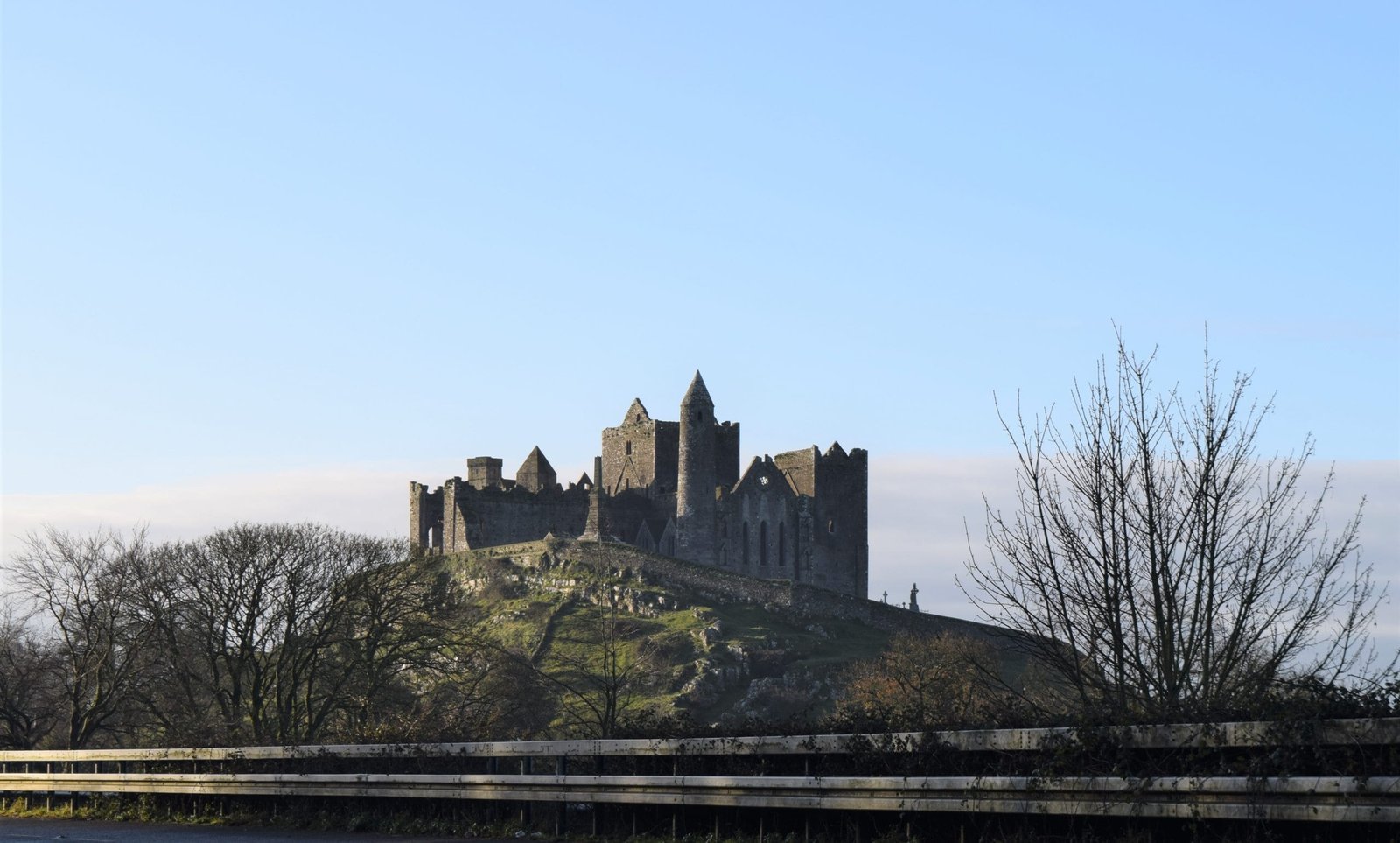
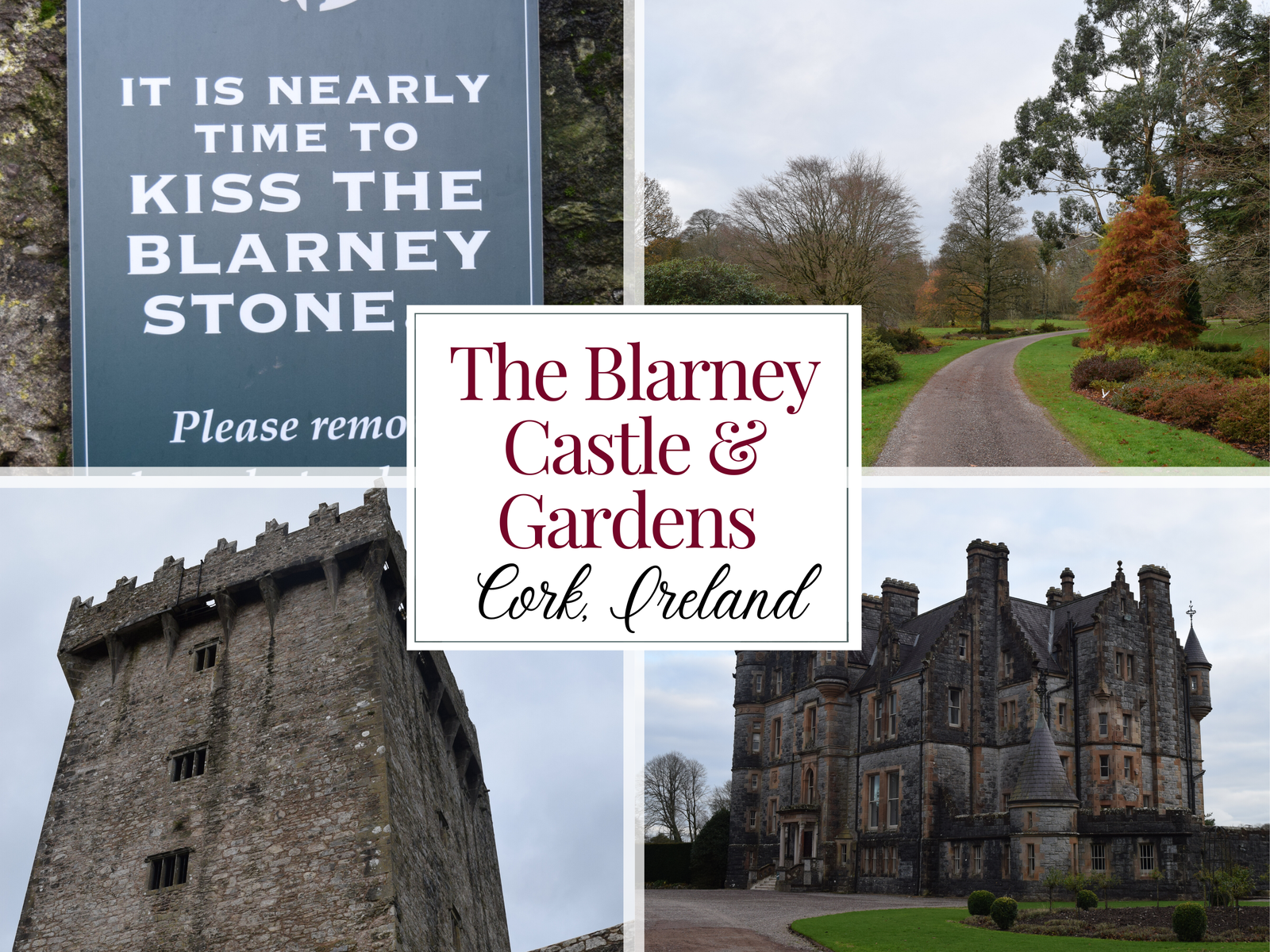

Lovely post and photos as usual!
Thank you, Kathryn. You are very kind!